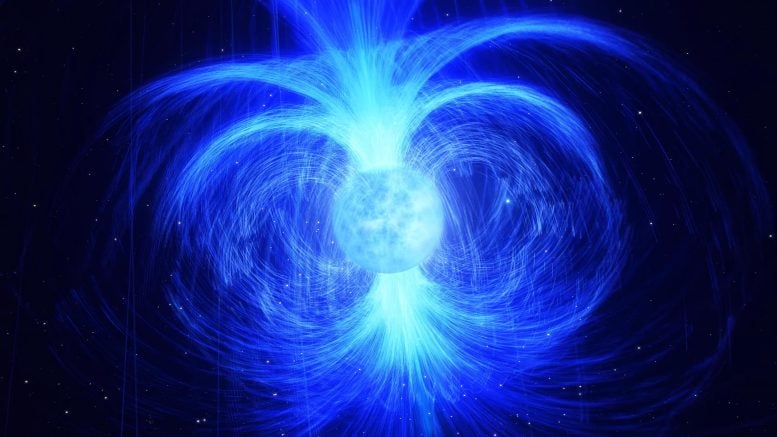
This artist’s impression shows HD 45166, a massive star recently discovered to have a powerful magnetic field of 43,000 gauss, the strongest magnetic field ever found in a massive star. Intense winds of particles blowing away from the star are trapped by this magnetic field, enshrouding the star in a gaseous shell as illustrated here. Credit: ESO/L. Calçada
Magnetar Origins Explored
New findings centered on observations and stellar evolution models of a hot, helium-rich Wolf-Rayet star suggest that it is set to produce a magnetar when it undergoes a supernova explosion. These findings present a deeper understanding of the formation process of magnetars, which are considered the most magnetic entities in the Universe.
Understanding Magnetars and Neutron Stars
A magnetar is a specialized type of neutron star characterized by an immensely powerful magnetic field. Typically, neutron stars originate from supernovae events where the core of a massive star collapses. However, the origins of magnetars remain unclear.
One theory proposes that during a supernova explosion, the amplification of a magnetic field within the massive core of the progenitor star could lead to the formation of a magnetar. However, such potent magnetic fields have not been previously detected in evolved stars that have the potential to turn into neutron stars post-explosion.
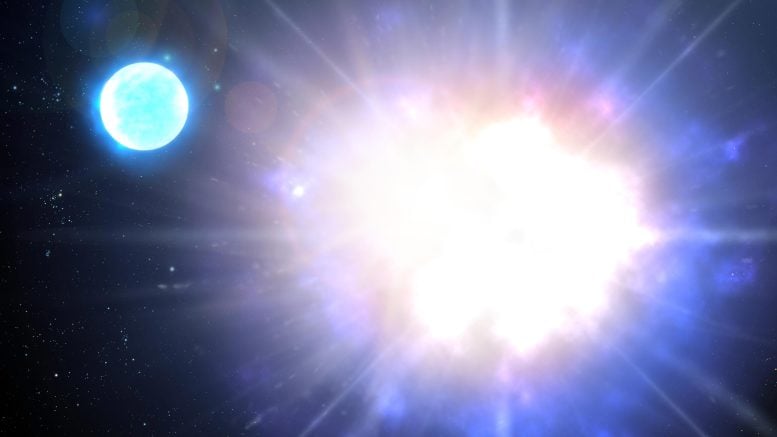
This artist’s impression illustrates how, in a few million years, HD 45166 will explode as a very bright, but not particularly energetic, supernova. During this explosion, its core will contract, trapping and concentrating the star’s already daunting magnetic field lines. Credit: NOIRLab/AURA/NSF/P. Marenfeld/M. Zamani
The Discovery of HD 45166
Tomar Shenar and his research team turned their attention to HD 45166, a binary system consisting of a main sequence star and a hot Wolf-Rayet star companion. Wolf-Rayet stars are the exposed helium core of a massive star, having lost its outer hydrogen layers. Through the use of spectropolarimetric observations from the Canada-France-Hawaii Telescope and archival spectra from various other instruments, Shenar and his colleagues determined that the Wolf-Rayet component of HD 45166 has a mass equivalent to 2 solar masses and possesses a significant magnetic field of 43 kilogauss.
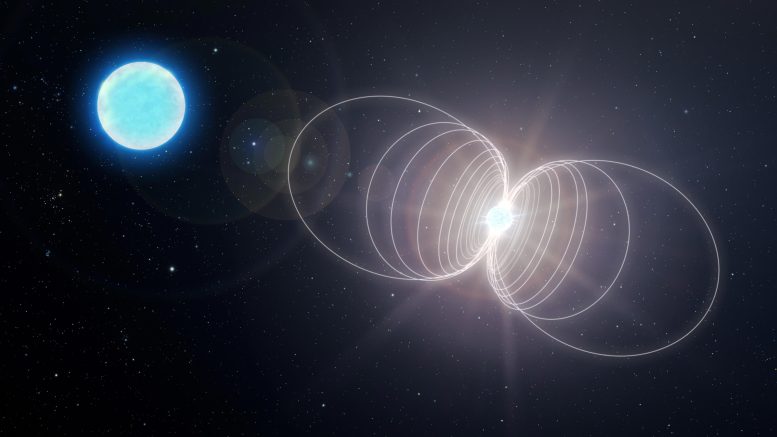
This artist’s impression illustrates the ultimate fate of HD 45166 after its core has collapsed, resulting in a neutron star with a magnetic field of around 100 trillion gauss — the most powerful type of magnet in the Universe. Credit: NOIRLab/AURA/NSF/P. Marenfeld/M. Zamani
From Observations to Stellar Evolution Models
Relying on stellar evolution models and integrating the acquired data, the research team inferred that this Wolf-Rayet component is destined to collapse into a neutron star. Their calculations suggest that the conservation of magnetic flux during this core collapse would amplify the magnetic field’s strength, placing it within the range of what is observed for magnetars.
The authors conclude, “Our observations and stellar-evolution models therefore indicate that the Wolf-Rayet component could be an immediate progenitor of a magnetar.”
For more on this research:
- Massive Magnetic Helium Stars: A New Type of Astronomical Object
- Astronomers Discover Strange New Type of Star
Reference: “A massive helium star with a sufficiently strong magnetic field to form a magnetar” by Tomer Shenar, Gregg A. Wade, Pablo Marchant, Stefano Bagnulo, Julia Bodensteiner, Dominic M. Bowman, Avishai Gilkis, Norbert Langer, André Nicolas-Chené, Lidia Oskinova, Timothy Van Reeth, Hugues Sana, Nicole St-Louis, Alexandre Soares de Oliveira, Helge Todt and Silvia Toonen, 17 August 2023, Science.
DOI: 10.1126/science.ade3293

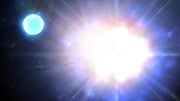
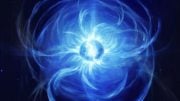
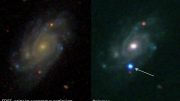
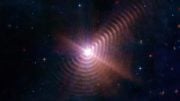
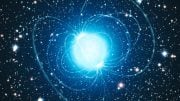
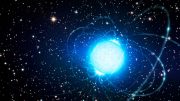
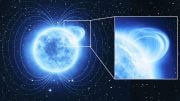
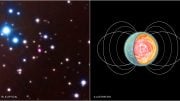
Be the first to comment on "Magnetic Destiny: How a Wolf-Rayet Star Might Morph Into a Magnetar"